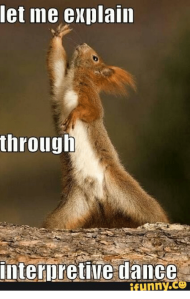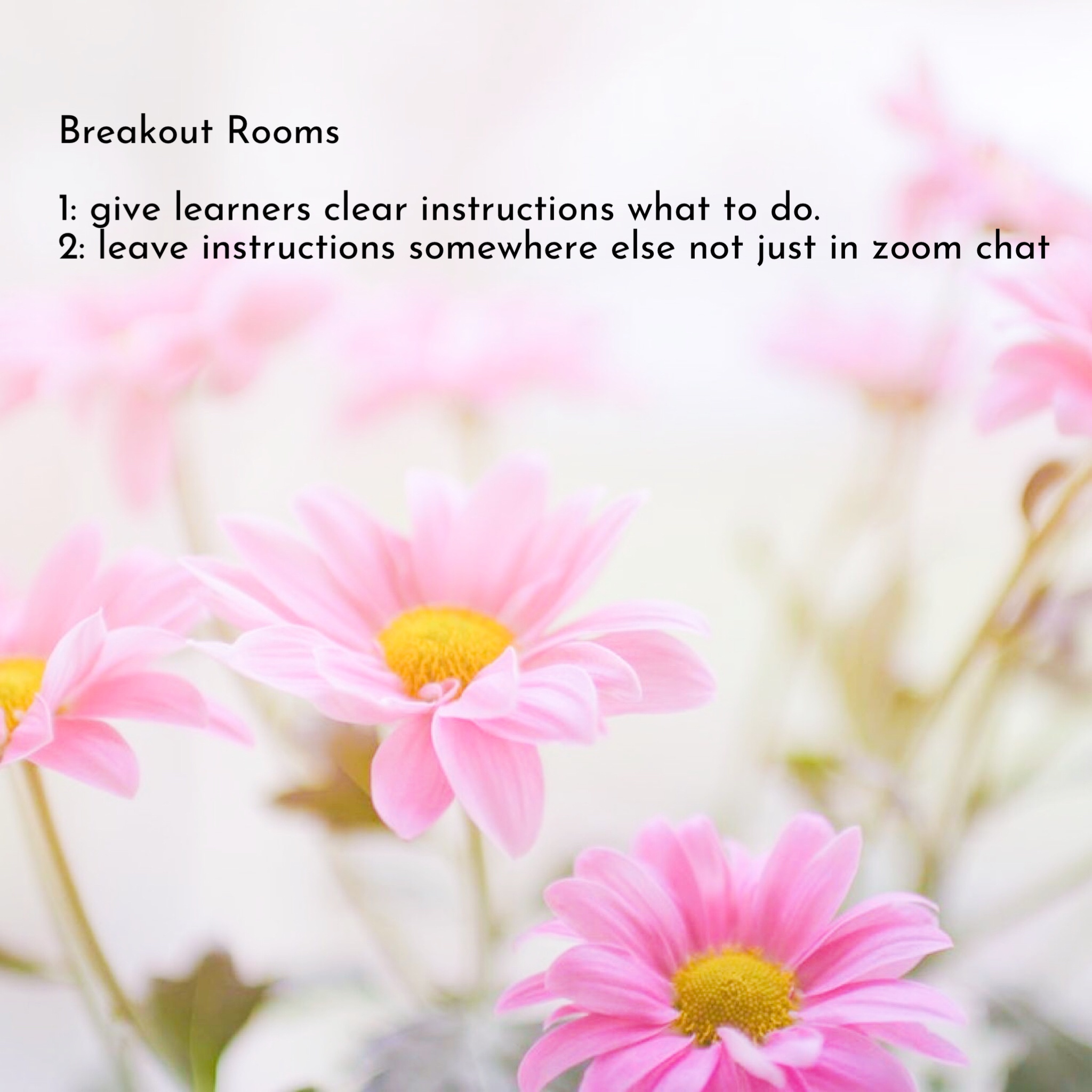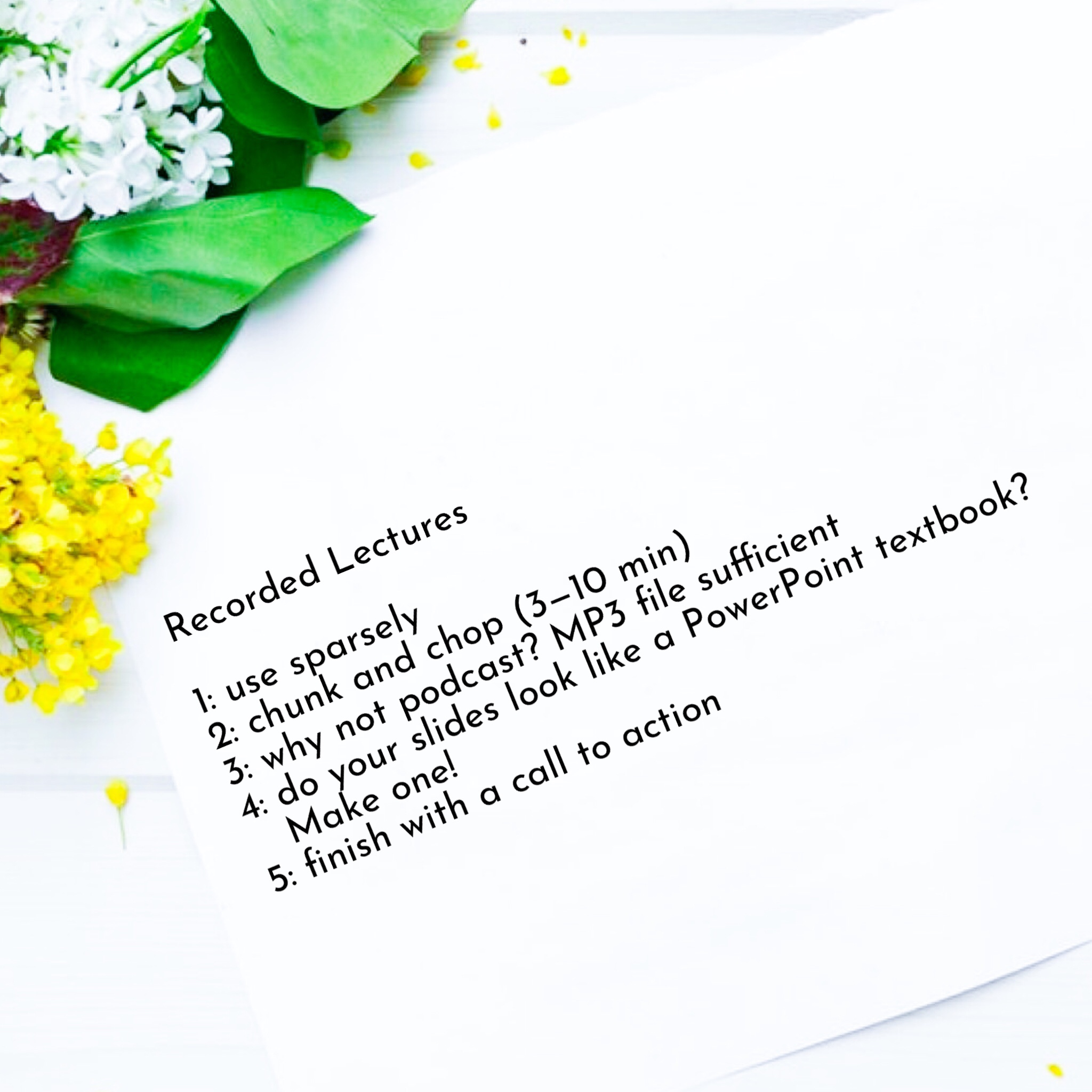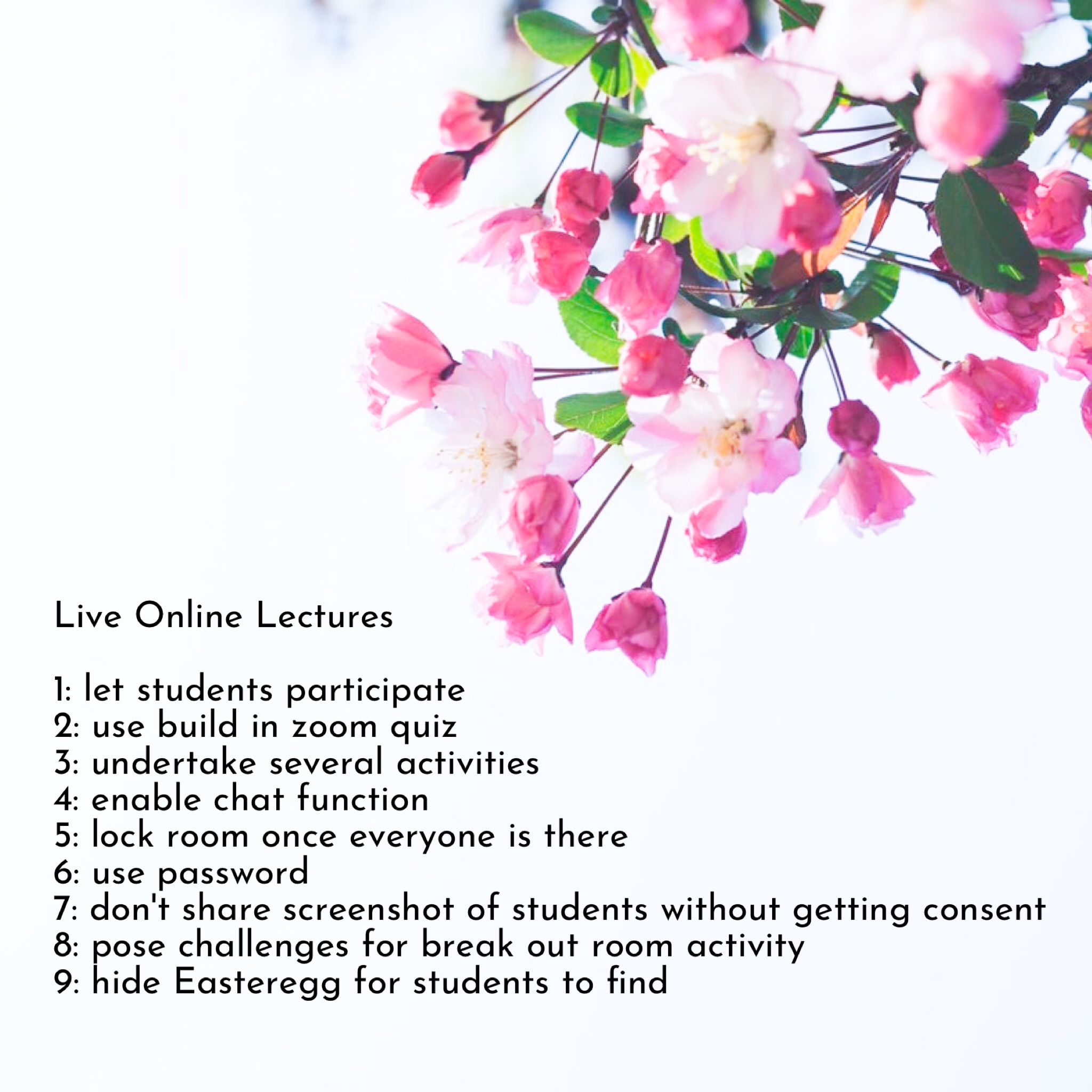The Hunt for Teaching Eggcellence!

This month’s SoTLwalk is all about teaching treasures so these were the instructions:
Have you made a discovery – tips, tools, delicious treasures – this year that you’d like to share with others? Where did you find them? Maybe you gamify your syllabus to make things more fun for your students? Or are you are on a quest to find something that will help you solve a problem or issue on your course? Are you a puzzler, a hunter, or a feaster? Eggstra points this month for seasonal puns and creative metaphoring!
Where to even begin?!
This year was like a humongous surprise Easter Egg filled with an assortment of delicious sweets and the occasional Bertie Beans bogy flavour. I think I should apologize for my horrendous pun making skills in advance. English is my second language. Let’s blame it on that, shall we? Before I begin with deconstructing the instructions. I will take you on the actual walk. It’s a long weekend dovetailed to a week of annual leave for me. There is time to let the mind wander, not just the body. If you are in a rush just scroll down to the next heading.
The Actual Walk
You are joining me in Nordic Walking for this. 10 km. It is first of April, no kidding. A beautiful spring morning in Scotland, and despite the sun, cold wind is biting your face. And you know you should have worn a windbreaker not just a hoodie. As you walk along the canal a pair of bluetits suddenly shoots across the path in a mating dance. Bending their wide spread wings like delicate ballerinas in flight. The low morning sun backlights the wings and sun rays become visible for a fraction of a moment. Wild plums are in bloom. The sound of birds staking their territory by song creates an involuntary choir. Thick chestnut buds shine with sap. They are ripe to explode into life. Expectation of growth is tangible everywhere; optimism sneaks up on me. Can you feel it? The sun is having more strength now and warms away the wind chill from earlier. The days have begun to stretch after a long cold winter–awaking from their slumber. With each stretch they become longer, brighter, warmer. Take a deep breath, roll your shoulders, or stretch which ever way is possible for you. Expand if you can even just for fraction. Good. Ready for an eggscellent adventure?
Tips, tools and delicious treasures
Tips: Micro Teach Tips
As academic developers we are supporting colleagues in developing teaching and learning. During the frenzy of the ‘Pivot to Online Learning’ I was trying desperately to keep on top of all the learning that was happening literally at minute intervals. Eventually I started the Hashtag #MicroTeachTips (or at least I am pretty sure I started it, when I searched for it, it wasn’t there yet). Trying to pass on the learning in a slightly more structured way, but after a handful of good intentions I didn’t manage to stay on top of this. For now here are some of the Micro Teach Tips. Most have already become ubiquitous knowledge.
However, more tips, tricks and learning can be found in the following resources.
Delicious Treasures

While there is no way I can list all of the amazing resources. I share my top treasures so far: I am sure once I publish this post I will have a multiple moments of ‘oh bummer I forgot this one and that one’.
Okay let’s begin with my top three:
But don’t forget:
- The Educationalist follow Alexandra Mihai on Twitter for thoughtful provocations about learning and teaching in higher education
- The TILE Network blog and follow #LrnSciChat for an education chat run by learning scientists
- For more resources around the Scholarship of Teaching and Learning have a browse at University of Glasgow SoTL blog, with brilliant voices from academics at all career stages
- A collaborative reading list around qualitative research resources compiled by Kate Averett (@convergecollide) (link opens a Google Doc in new tab)
And then there are podcasts:
- Erika Smith had asked on Twitter for Higher Ed podcast recommendations and kindly curated all of these in an open Google Doc (document opens in new tab)
Tools
Did Someone Say Gamification?!
Let’s crack that egg open! (I told you. Me. Puns. Bad.) Well, okay let me explain …

or rather show.
I published a brief introduction in the Lifewide Magazine , Issue 23 August 2020, p.6
Basically I am teaching a 20 credit master level course in designing educational inquiries. It is a hard course, which can cause the course participants to undergo a complete paradigm shift when it comes to thinking about and planning research. Anyway, to make this course more accessible, and keep motivation going through the hard parts I gamified the whole course. Including digital storytelling, role play, if the learners want to, treasure collecting, and dragons! All with the aim to conquer the fortress called ‘Ethics-Application’.
I have stripped the model off the course content and shared the process, steps, instructions on my figshare profile (still have to move this into the National Teaching Repository but I had a tech issue …). So if you want to explore how this might work. Have a look, and please, please do provide feedback because while all of this makes total sense inside my head I am not sure the instructions are clear enough to run them on your own. Happy to talk!
Sheridan, Nathalie (2021): Gamifying a Course Template and Instructions. figshare. Collection. https://doi.org/10.6084/m9.figshare.c.5287198.v1
If gamifying a whole course is a step too far for you, but you are interested in exploring this: simple steps like quizzes, leader-boards, peer group competitions are a way to play with gamification of course elements. Another way to become more playful is to use game based learning. Hop over to my colleague Dr Matt Barr’s interview in the SoTLcast podcast (link opens in new tab).
Are you a puzzler, a hunter, or a feaster?
For some reason this question just made my brain go straight to that Nirvana song…
Puzzler
Sketchnoting, mind-mapping, bullet-journaling … all to keep the different puzzle pieces moving until they click into the right place.
Mind-Mapping Favourites
MindMeister and for something a bit different the Mindly App
Keeping organised
Have you ever tried the Zettelkasten method?
Reflective Writing
I have an open practice approach some of the posts have elements that worked, but also things that didn’t. Handwriting, is brilliant for thinking slower, deliberate, and embodied reflection.
Hunter
‘Confessions of a digital hoarder’ should probably be the title of this section!
If I am researching a topic it’s too easy for me to fall down the rabbit hole and suddenly emerge three disciplines across in an entirely different field of research. I recently came across the concept of the digital garden and this rang true with me, the plan is to redesign this website. Fear not the blog with remain on it!
Feaster

I feasted on a lot of free CPD this year! There was so much and so many opportunities to network–amazing! Much of it would have remained inaccessible to me in an analogue world.
Or are you are on a quest to find something that will help you solve a problem or issue on your course?
How do I stop people from (or at least rationalise the approach) starting their methodology with: ‘My ontology is […] and my epistemology is […]’? I don’t teach it like this! Where does it comes from? Why do people think they have to write this way? It’s a mystery …
Links from the Easter Basket Above
Anchor Podcasting Software (5 hours free per month)
CozyRoom an online room–honestly it’s such a nice design and you can arrange the room which ever way you want, you can even meet with people sitting under a digital tree!
A list of open license music for your teaching creations
Genially an h5p editor with tons of templates and ideas (free to some extent)
Notion my life saver! Best ever note taking, writing, idea collecting, webclipping app EVER!
LiquidText was named best pdf editor 2021. An MIT brainchild, still in development but has already changed how I work. So it’s in the basket!
If you are looking for open source images for your teaching resources Pixabay is a good place to start.




